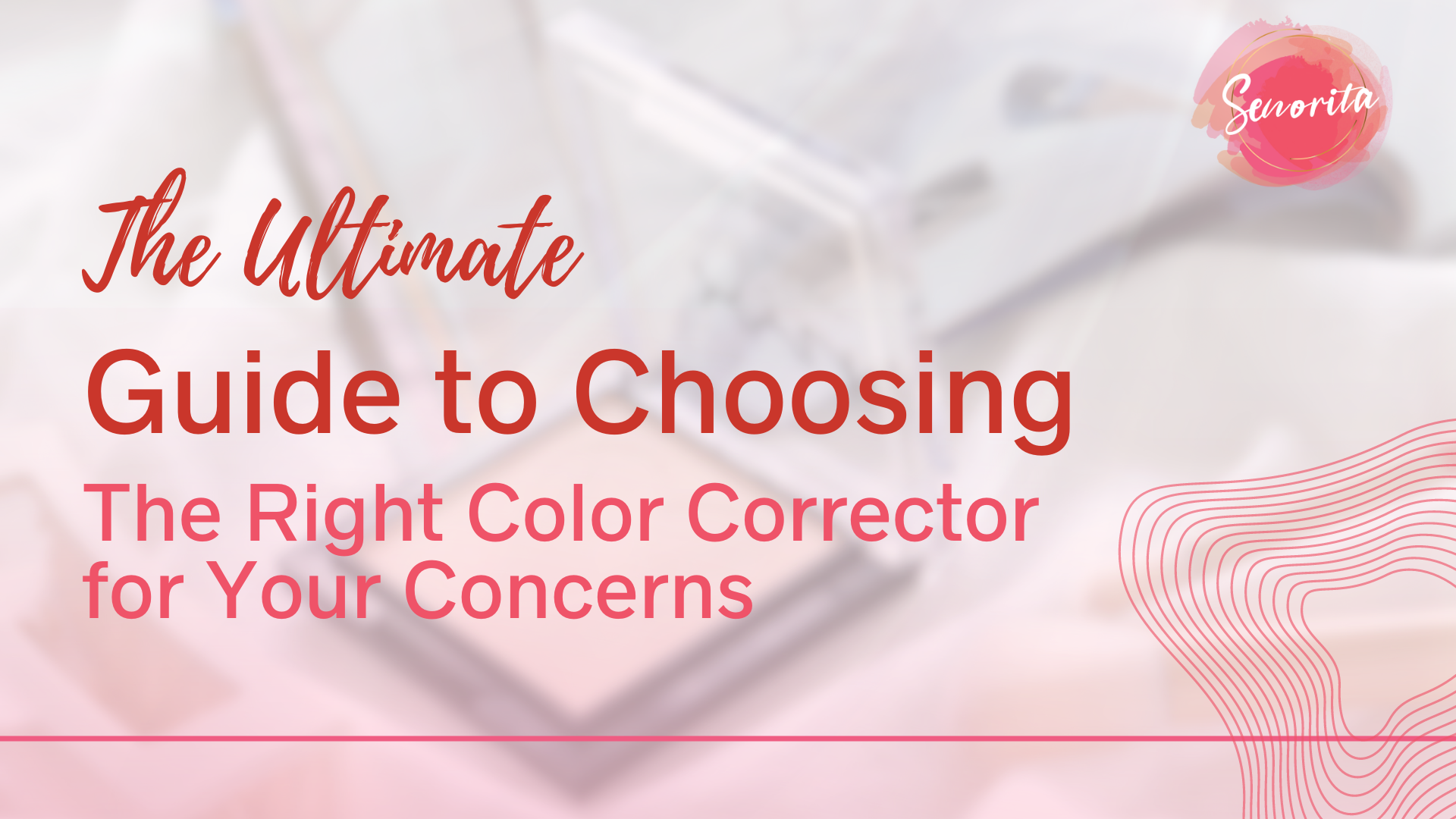
Embracing true beauty goes beyond surface-level aesthetics. Your skin is a reflection of your internal well-being, and nurturing your inner health can bring forth a radiant glow. In this blog, we'll delve into the world of skincare with a focus on oily skin. Discover how lifestyle choices, skincare routines, and natural remedies can contribute to a healthier, more balanced complexion.
Color correctors have become a staple in many makeup routines, offering a solution to various skin concerns. Whether you're dealing with dark circles, redness, or dullness, the right color corrector can make a significant difference in achieving a flawless complexion. In this guide, we'll explore how to pick a color corrector based on your specific concerns, helping you achieve a radiant and even-toned look.
Before diving into the world of color correctors, it's crucial to identify your specific skin concerns. Different colors address various issues, so understanding what you want to correct will guide you in choosing the right product. Common concerns include:
If you're looking to combat under-eye darkness, opt for a peach or orange-toned color corrector. These shades help neutralize the blue and purple undertones commonly associated with dark circles.

Green color correctors are excellent for neutralizing redness caused by acne, rosacea, or irritation. The green hue counteracts the red tones, creating a more balanced complexion.
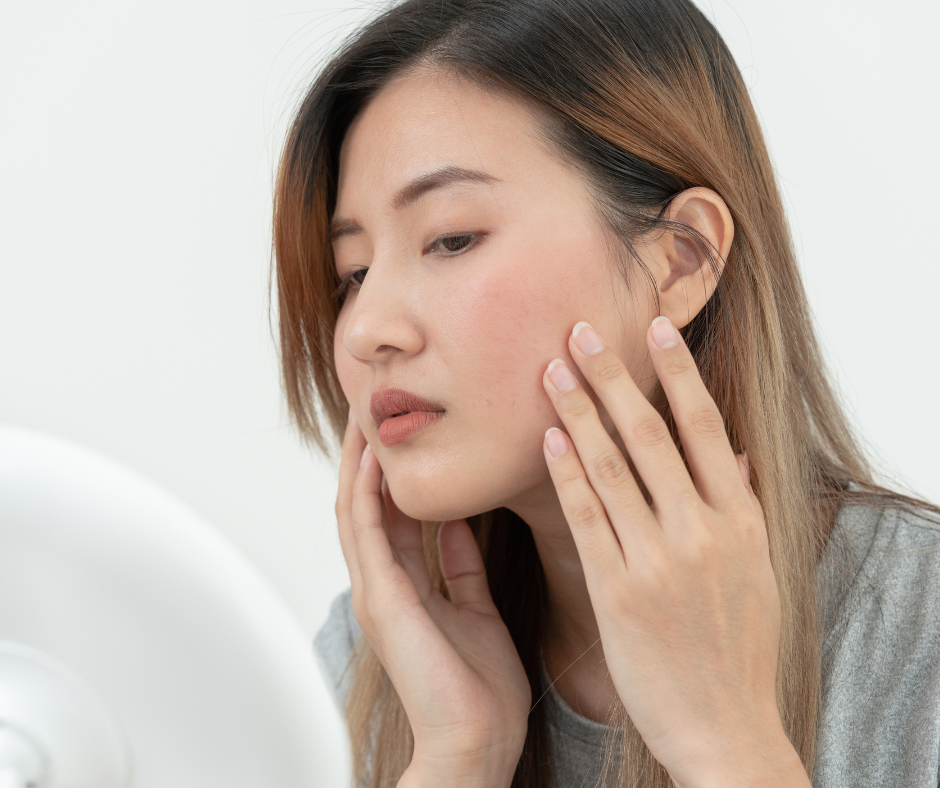
To brighten a dull complexion, consider using a yellow or peach color corrector. These shades add warmth and luminosity, providing a healthy and radiant appearance.

For areas of hyperpigmentation, such as sunspots or melasma, a peach or orange color corrector can help balance out the darker pigmentation, creating a more even skin tone.
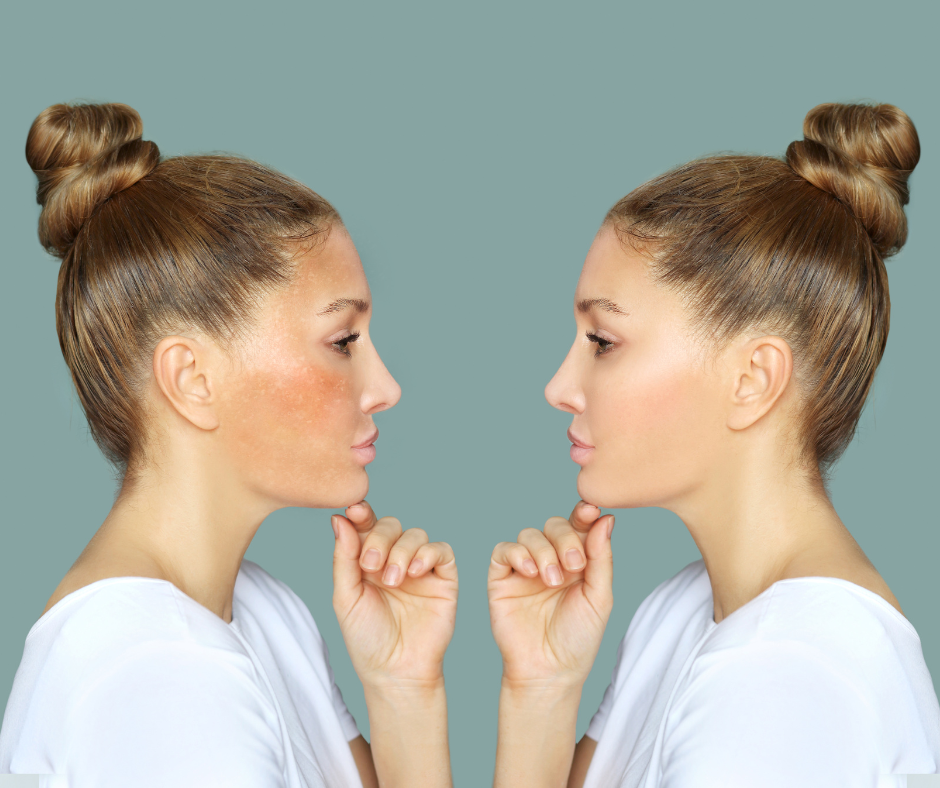
Now that you've identified your specific concerns, it's time to choose the right color corrector for your needs. Here are some tips:
Consider your skin tone when selecting a color corrector. Peach and orange tones work well for lighter skin tones, while deeper skin tones may benefit from richer orange or red shades. Green correctors are suitable for all skin tones to address redness.

Choose a color corrector with a texture and formula that suits your preferences. Creams and sticks are ideal for precise application, while liquids may offer a more natural finish. Experiment with different textures to find what works best for your skin.
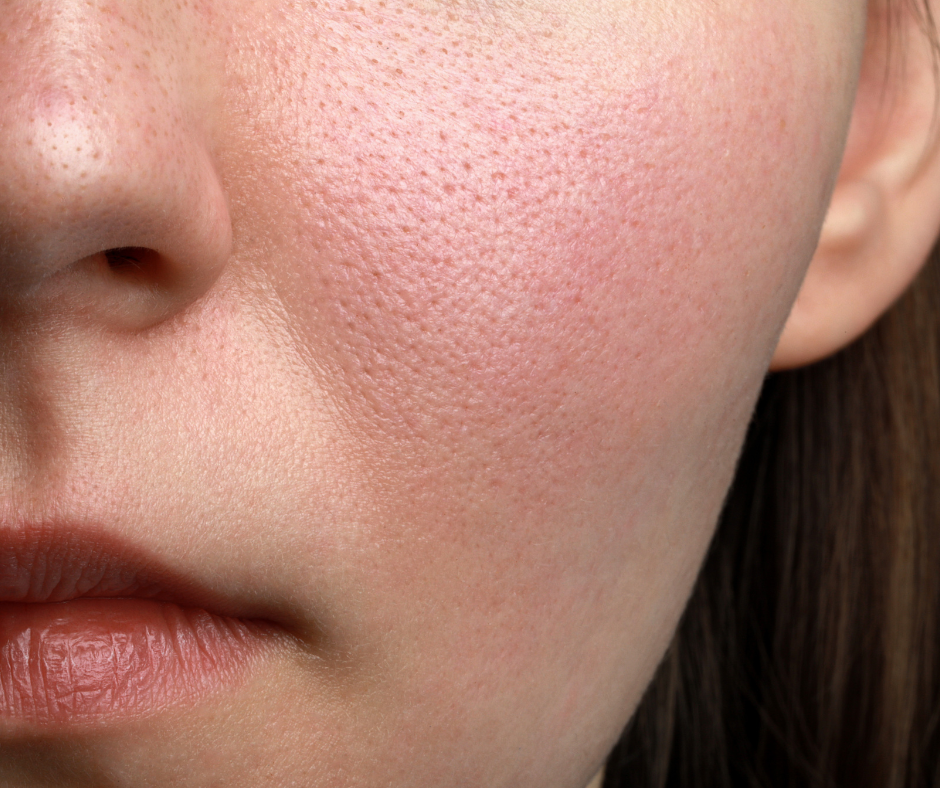
Opt for a color corrector that is easy to blend. This ensures a seamless integration with your foundation and concealer, preventing any noticeable color variations on your skin.
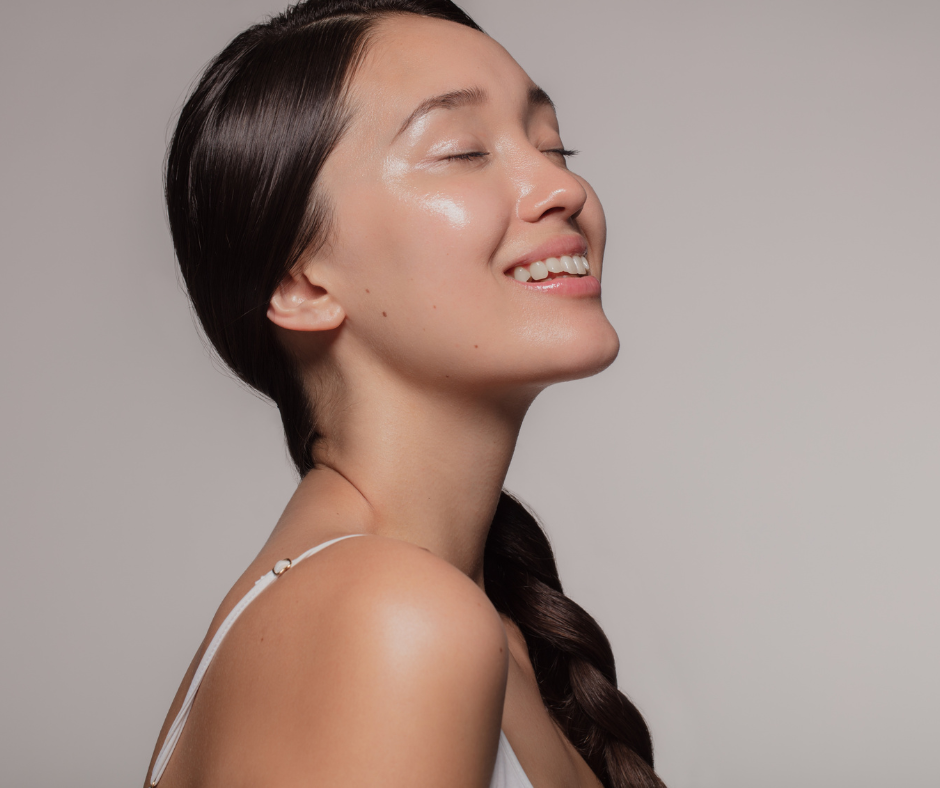
Whenever possible, test the color corrector on a small area of your skin to ensure the shade complements your complexion and effectively addresses your concerns.

Color correctors can be powerful tools in achieving a flawless makeup look by addressing specific skin concerns. By identifying your concerns and choosing the right color corrector based on your skin tone and preferences, you'll be well on your way to achieving a radiant and even complexion. Experiment with different products, techniques, and textures to find the perfect color corrector that enhances your natural beauty.